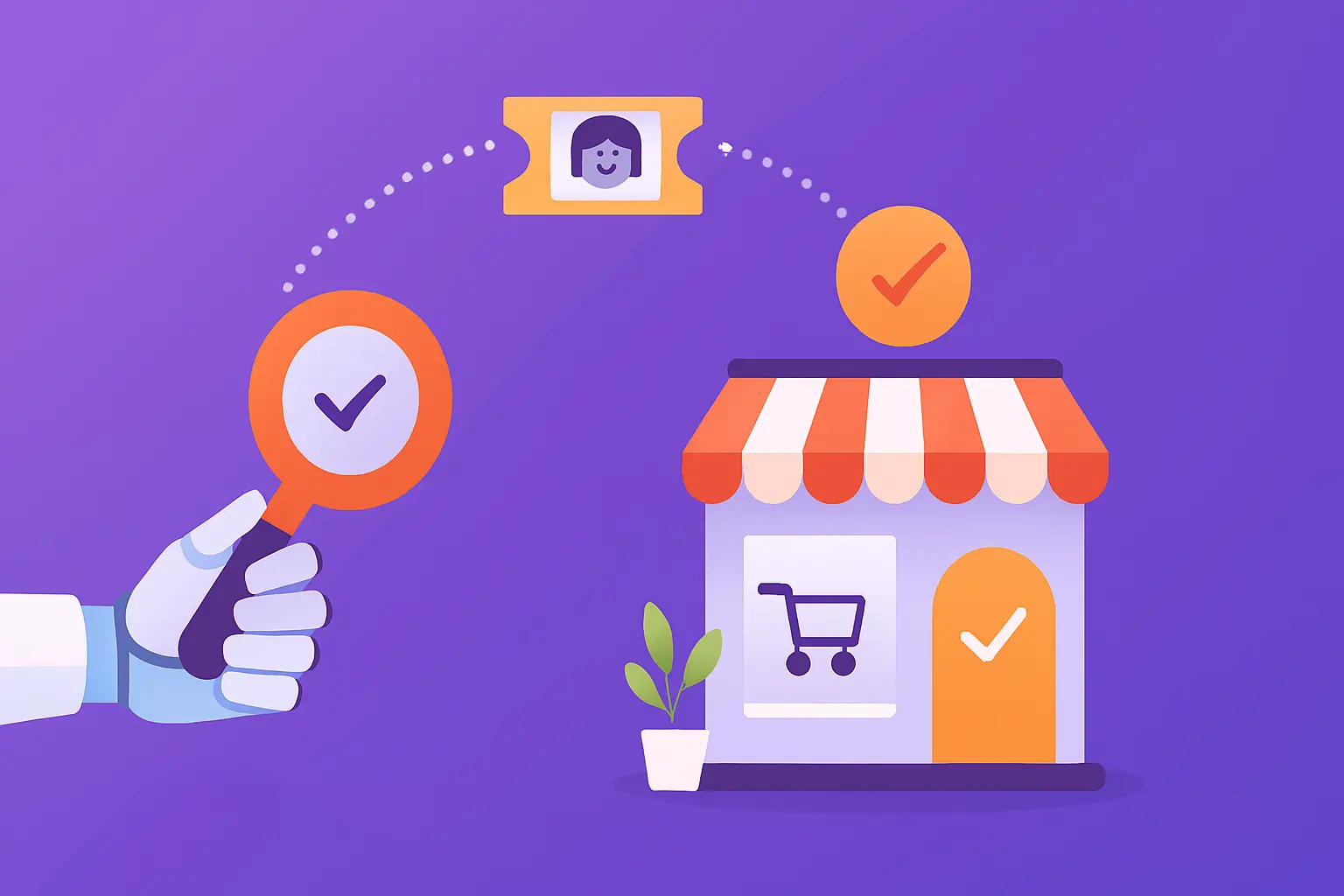Importance of Follow-Up in Customer Service (Best Practices)
- March 7, 2022
- 16 mins read
- Listen
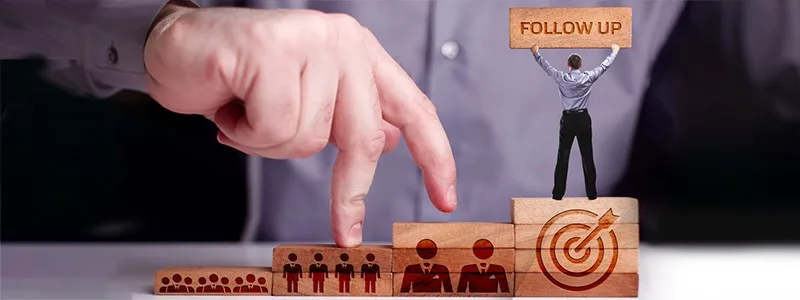
Here’s one scenario: one of your customers has ordered a product online and eagerly awaits it. But days pass, and there’s no update. Being worried, he/she reaches out to the customer support of that brand, only to hear, “We’ll check and get back to you.” Then… silence. No updates, no resolution. Frustrating, right?
Well, this is common. Customers often face this uncertainty when brands fail to follow up. Whether it’s a delayed order, a service request, or a technical issue, the absence of follow-ups makes customers feel ignored and unimportant. This not only damages trust but also pushes them to competitors who prioritize better communication.
Whether it’s a simple thank you note after a support request or a notification regarding recent orders, follow-ups show customers that their concerns matter. Organizations that do regular follow-ups create a personal connection with customers, deliver value at each stage of the journey, and come across as reliable.
In this blog, we’ll cover:
- What follow-ups mean in customer service
- The key benefits of follow-ups
- How to follow up effectively to improve customer satisfaction
- Key channels for following up with your customers
- Customer Service follow-up templates
What is Follow-Up in Customer Service?
A follow-up is a proactive step a business takes to reconnect with the customer after an initial interaction—whether through a call, email, meeting, or service request. It serves as a way to ensure the customer’s issue has been resolved, his/her experience met expectations, or the feedback has been acknowledged.
Follow-ups can take various forms, including emails, phone calls, text messages, or surveys, depending on the situation. By following up, businesses show customers they care, build trust and strengthen long-term relationships.
Importance of Follow-Up in Customer Service
Research shows that 42% of people are likely to purchase if the sales rep calls back at an agreed-upon, specified time. Sending more than one email can help boost a 25% chance of hearing back from customers.
So, as you can see, great customer service is not just limited to making a sale. It extends well beyond the transaction and encompasses everything that adds value to customers. And that’s why the importance of follow-up in customer service is matchless as it focuses on building a long-term relationship and converting prospects into loyal customers.
Here are some of the major benefits of follow-ups in customer service to look into!
Improved Customer Experience
For customers, a good experience matters more than anything else. And if their experience is good, they will stick with the business, spend more, and spread positive word of mouth. So much so, that 96% of customers say customer service is key in their choice of loyalty to a brand.
That’s where follow-up can be proven very helpful in improving customer experience with your brand. A follow-up call can achieve many goals together with overriding any negative experience customers may have with your brand.
Strong Customer Relationships
Customers are more likely to trust a business that genuinely cares about their needs and makes an effort to understand them. That’s why building long-term customer relationships is important. Following up with customers is a powerful way to strengthen these connections, making them feel valued and appreciated. It also enhances customer loyalty, as people are more likely to stick with a brand that prioritizes their experience and satisfaction.
Helps to Fulfill Customer Expectations
Meeting and exceeding customer expectations successfully is something that most businesses strive for but only a handful achieve that goal. Follow-up is therefore the best available tool if you want to be one of those organizations that understand and fulfill customer expectations.
With follow-ups, you can know customer preferences and what they expect from you. And when you’re aware of what they want, it’s always easy to provide that.
Customer Retention
Retention is always cheaper than acquisition. Acquiring a new customer is five times costlier than retaining an existing customer. And when it comes to customer retention, follow-ups can prove very handy. Your service team can always approach a customer through mail, live chat, or a phone call and understand their problems better. With a periodic follow-up encounter in customer service, it is easy to know what customers expect and what they think of your business.
New Sales Opportunities
Follow-ups are a great way to upsell and cross-sell. When your service team follows up with customers, they can not only ask about how satisfied your customers are with the product or service but also recommend new products. Additionally, your service team can integrate follow-ups with sales efforts to enhance the overall customer experience.
Nurture Old Leads
Converting leads or persuading customers often requires multiple follow-ups, yet many customer service reps stop after just one attempt—leading to missed opportunities. Follow-ups play a crucial role in nurturing potential customers. Reaching out to someone who previously showed interest increases the chances of conversion.
Gain Competitive Advantage
Surprisingly, till now many businesses overlook the power of follow-ups, missing out on a key opportunity to build stronger customer relationships.
By staying in touch with customers regularly—whether through calls, emails, or messages—you can stand out where your competitors fall short. Consistent follow-ups not only build trust and loyalty but also give customers a reason to choose your brand over competitors. Plus, going the extra mile to meet their needs can lead to better sales opportunities and long-term business growth.
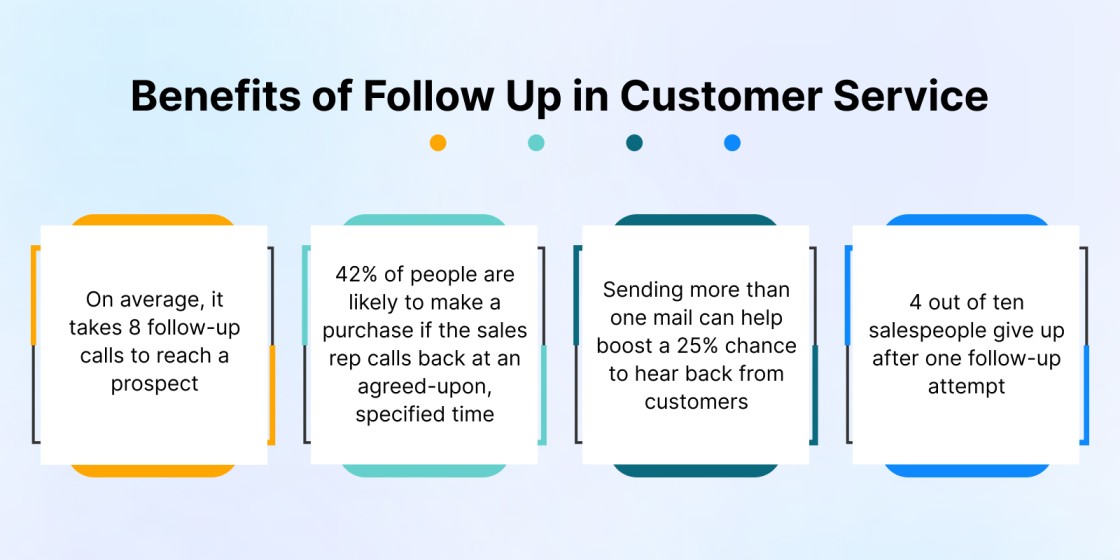
Follow Up in Customer Service: 10 Best Practices
Simply reaching out to your customers isn’t enough. The timing of follow-ups also matters. If done right, follow-ups can boost customer satisfaction, build trust, and even drive repeat business.
So, what’s the best way to follow up without being pushy or repetitive? In this section, let’s explore some of the effective follow-up strategies, key techniques, and best practices to ensure every customer interaction leaves a positive impact.
1. Check Proactively If Your Customers Need Assistance
Customers prefer when a company proactively engages with them to ask if they need any help. So, you should email, send automated notifications, or call the customers who have just bought your product and ask if they have any problems getting up and running with it.
Live chat is an excellent tool for proactively sending targeted messages on websites, mobile apps, and social media platforms to provide assistance or follow up with customers. Timing is crucial, so ensure follow-ups are not overwhelming and are done appropriately at the right time.
Pro Tips:
- Follow up shortly after the issue is addressed.
- Use the customer’s name and refer to the specific issue to make the follow-up feel more personal.
- Encourage customers to provide additional feedback.
- Reach out through the customer’s preferred communication channel—whether it’s email, phone, or live chat.
2. Opt for Automation
Automating customer service follow-ups is a great way to provide efficient and timely support. It allows your business to streamline different processes, ensuring that no customer is overlooked while maintaining consistency and personalization in your follow-up communications.
One of the most effective ways to automate follow-ups is by setting up reminders that trigger at specific intervals based on the customer’s history or engagement. This way, businesses can stay proactive and never miss an opportunity to check in with their customers.
With REVE Chat, you can take automation to the next level by combining live chat with AI-powered chatbots to deliver hybrid support. This customer service platform not only offers real-time assistance across your website, app, and social media channels but also automates many of the business processes behind the scenes.
3. Offer Special Deals and Discounts
Special deals, including discounts, promotions, and offers, are powerful follow-up strategies that play a crucial role in enhancing customer relationships. For example, providing special discounts to new customers based on their previous orders not only encourages them to return but also speeds up their decision to make another new purchase.
Furthermore, your satisfied customers tend to share their positive experiences with friends and colleagues, which can significantly expand your brand’s reach and attract new customers.
Pro Tips:
- Offer discounts or promotions based on the customer’s previous purchase patterns.
- Create limited time offers to add a sense of urgency to discounts.
- Reward returning customers with exclusive offers, discounts, or points as part of a loyalty program.
- Send personalized emails with discounts or special offers.
4. Send Thank You Messages
A well-crafted thank-you note always works. It shows appreciation for doing business with your brand, reinforces trust, and keeps the conversation open for future interactions. Whether a customer has made a purchase, provided feedback, or reached out for any assistance, sending a personalized thank-you message makes him feel valued and increases the likelihood of a repeat business.
Pro Tips:
- A thank-you message should feel genuine and personal rather than robotic.
- You can send Thank-you messages via multiple communication channels, depending on the customer’s preference.
- You should thank your customers not just for buying but also for other meaningful interactions.
- As a token of appreciation, you can occasionally include a special offer in your thank-you message to encourage repeat purchases.
5. Use Knowledge Base Articles in Follow-Ups to Educate Customers
Customers often want to know about products and services in detail before purchasing them. You can include knowledge-based articles in follow-up messages and bridge the gap between customers and your products.
By proactively offering helpful resources, you not only address their potential concerns but also build trust and confidence in your offerings. Whether it’s a product guide, troubleshooting manual, or FAQs, integrating knowledge base content into follow-ups ensures that customers have the information they need at the right time.
Pro Tips:
- Share articles based on the customer’s specific inquiry or purchase history to make the follow-up more relevant.
- Send knowledge base articles via email, live chat, SMS, or WhatsApp, depending on the customers’ preferred communication channels.
- Ensure the links given are direct, mobile-friendly, and easy to navigate.
- Monitor whether customers open the articles and follow up accordingly to offer additional support if needed.
6. Personalized Recommendations for Upsell and Cross-Sell
Following up with personalized product recommendations is an excellent way to enhance customer experience while increasing sales. Upselling and cross-selling help here also.
Through upselling, you can suggest a higher-tier or premium version of a product the customer is interested in, while cross-selling introduces complementary products that enhance their purchase. A well-timed follow-up with relevant recommendations not only adds value but also makes your customers feel that you understand their needs.
Pro Tips:
- Monitor your customer’s purchase history, preferences, and browsing behavior to suggest products that truly add value.
- Include customer reviews or testimonials to reinforce the value of the recommended product.
- Encourage quick action by offering time-limited deals.
- Avoid overwhelming customers immediately after a purchase.
7. Engage Customers with Exclusive Event Invitations
A great way to follow up with customers is by inviting them to workshops, webinars, or exclusive events that align with their interests. These events are great for engaging with your customers on a personal level while providing valuable insights, hands-on experiences with your products or networking opportunities.
Beyond just a follow-up, event invitations are great in demonstrating to customers that your brand is concerned about their success—even beyond direct service interactions.
Pro Tips:
- Clearly explain what customers will gain from attending the events.
- Send reminders before the event and a follow-up message afterward to thank the attendees.
- Encourage attendance by providing special incentives such as early access to special discounts, or free resources.
8. Ask for Customer Feedback
Following up with customers to gather feedback on your products is important to improve your services and deliver what they truly need. It shows them that you value their opinions and are dedicated to continuously improving their experience.
However, requesting feedback effectively requires the right timing, approach, and communication style. Whether you use personalized emails, surveys, phone calls, or social media, to follow up, a well-planned strategy encourages customers to share their honest opinions.
Pro Tips:
- Reach out soon after an interaction or purchase, while it’s still fresh in their mind.
- Use the customer’s name and give reference to their specific interactions.
- Avoid overwhelming customers with long surveys or detailed questions for providing feedback.
- Use concise and clear questions that are easy to answer.
- Provide various ways to share feedback, such as emails, SMS, website forms, live chat, or social media.
9. Use Multiple Channels for Communication
You can use multiple communication channels as per your customers’ preference for follow-ups. It ensures you reach them in a way that’s convenient for them. Some of your customers prefer emails, while others respond better to SMS, live chat, phone calls, or social media messages. A multi-channel approach not only increases response rates but also enhances the overall customer experience.
Pro Tips:
- Allow customers to choose their preferred communication channel.
- Track which channels get the best response rates.
- Avoid reaching out during inconvenient times (early mornings or late nights).
- Avoid sending follow-ups on multiple channels at a time.
10. Maximize Impact with Timely Follow-Ups
Timing and promptness are two very important things when it comes to customer follow-ups. Addressing customer queries and following up at the right time keeps interactions relevant, enhancing the overall customer experience. A well-timed follow-up shows customers that you genuinely care about their satisfaction and are proactive in addressing their needs.
Pro Tips:
- Contact customers within 24–48 hours of their purchase or service request.
- Avoid reaching out too early.
- Set up automated email or SMS follow-ups.
- If a customer doesn’t respond to the first follow-up, send a gentle reminder after a few days.
- If a customer requests no further communication, respect his/her preference.
- Don’t send generic messages. Customize your follow-up messages based on the customers’ interactions.
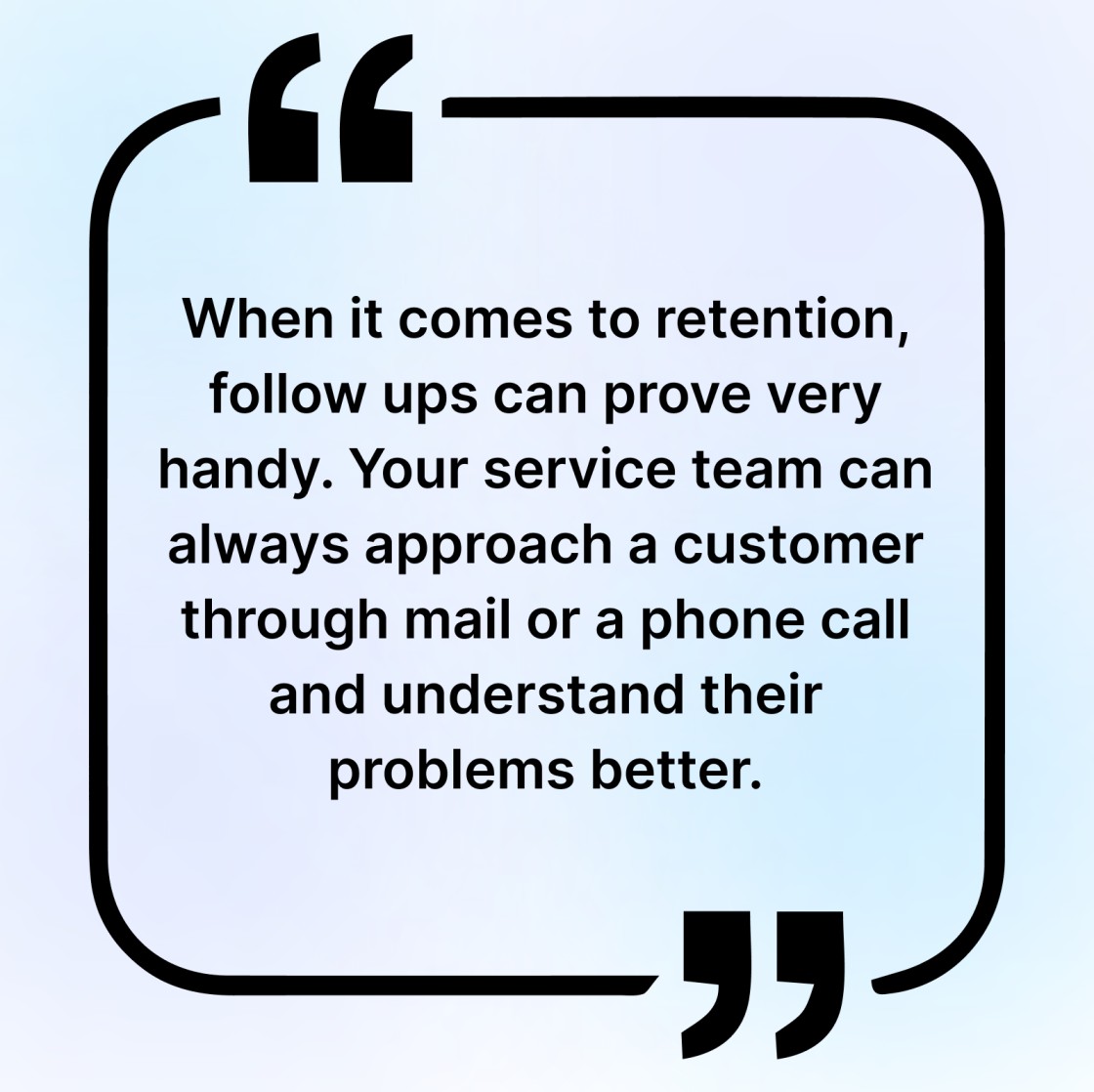
Effective Channels for Following Up with Your Customers
Selecting the right communication channel for your follow-ups is important to make sure it’s effective. Each of the communication channels has its strengths and weaknesses. So you need to understand when and how to use them. Below are some of the most effective channels that you can use to follow up with your customers along with their pros and cons:
1. Emails
Email is one of the most commonly used and effective channels for following up with potential clients. It offers a professional and organized way to communicate with your customers, making it ideal for sending detailed information.
Pros:
- Professional and formal
- Convenient
- You can track the results like open rates, click-through rates, and responses
- You can easily personalize emails with the client’s name and details
Cons:
- Emails can get lost in crowded inboxes.
- If not written with the right tone, emails can seem too formal and impersonal
2. Phone Calls
This communication channel offers direct interaction, allowing you to engage with potential clients in real-time. It is ideal for more personal or urgent follow-ups that require immediate attention.
Pros:
- Helps to develop a personal connection
- You can get Instant feedback
Cons:
- Phone calls can feel intrusive, especially if not scheduled or made at an inconvenient time
- Not all clients will pick up your calls.
3. Chat Platforms
Chat platforms are increasingly becoming a go-to channel for customer communication, providing instant, real-time interactions. With the rise of different messaging apps and live chat, businesses can now connect with their potential clients in a more immediate and personalized way.
Pros:
- Immediate engagement
- Real-time assistance
- Convenient
Cons:
- Availability constraints as there as live chat requires customer service agents to be available 24/7 which could limit communication in off-hours unless automated.
- Chats can sometimes lack the depth of information that emails or phone calls provide, especially for more complex topics.
4. Social Media
Social media channels like LinkedIn, Facebook, and Instagram are effective for customer follow-ups in a less formal, and public platform.
Pros:
- Social media allows for more informal and conversational follow-ups
- Helps in positive relationship-building
- Wide reach
Cons:
- Social media may not feel as private as email or phone calls.
- Negative reviews on social media channels can harm your brand image
- Lack of privacy
Learn more about the impact of social media on business.
5. SMS
SMS is a quick and efficient way to follow up with your customers. It’s less formal than email but offers a personal touch, often resulting in faster responses.
Pros:
- SMS offers a fast way to communicate
- SMS generally has a higher open rate than emails
- Offers a casual and friendly way of following up with customers
Cons:
- Due to character limits, SMS is less suitable for long explanations or complex messages
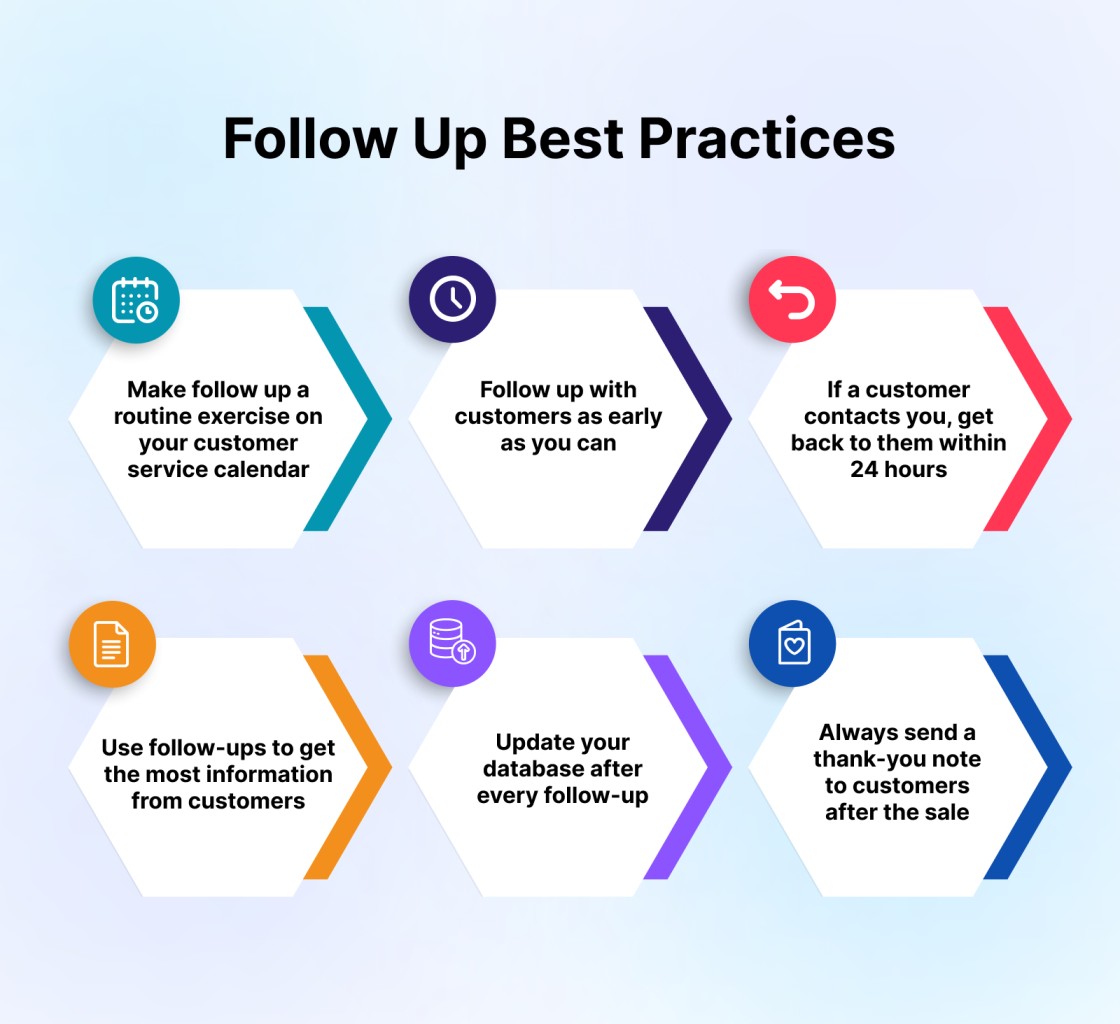
Customer Service Follow Up Templates for Effective Communication
A well-crafted follow-up message shows customers that you care about their experience, appreciate their business, and are ready to assist them whenever required. Whether you are thanking them for a purchase, checking in after support interaction, or offering exclusive deals, having ready-to-use templates can streamline communication and ensure consistency. Here are some of the follow-up templates to look into.
Post Sale Thank You Follow-Up Email Template
Sending a thank-you email after a sale is a simple yet powerful way to show customers that you value their business. A well-crafted follow-up message should express genuine appreciation and also invite customers to reach out if they need any further assistance with their new purchase.
Subject: Share your feedback and help us to improve!
Hi [Customer’s Name],
We value your opinion! Could you take a moment to share your feedback on your recent experience with [your product/service]? Your feedback helps us to improve and serve you better. Thank you for being a valued customer!
Best wishes,
[Your Name]
[Your Company Name]
Special Deal Follow-Up via Live Chat
Following up with customers through live chat is a great way to offer special deals and encourage repeat purchases. Unlike email, live chat offers real-time engagement with customers. It lets brands create a more personalized and interactive experience. Here is one example template to look into!
“Hi [Customer’s Name]! As one of our valued customers, we are offering you an exclusive [discount %] on your next purchase! This offer is valid for a limited time—grab it before [expiry date]! Need help choosing the right product? Let us know!
Wrapping Up!
Follow-ups play a vital role in delivering outstanding customer service. When done right, follow-ups not only resolve issues but also enhance customer confidence in your brand. With the right tools in hand, you can manage customer follow-ups efficiently. Establishing a well-structured follow-up routine after every purchase or customer interaction can significantly improve service quality and retention.
To streamline your follow-up process, consider using REVE Chat. It simplifies your customer service management, making it easier to stay organized and ensure real-time responses to customer queries. Want to see it in action? SIGN UP for a 14-day free trial today!
Frequently Asked Questions
Follow-ups can be done via email, phone calls, SMS, or live chat, depending on customer preferences and the nature of the interaction.
Following up with a customer, whether after a sale or issue resolution makes him/her feel valued and appreciated. It shows that you care about the experience and recognize customers’ importance to your business. Regular and thoughtful follow-ups also strengthen customer relationships, increasing the likelihood of repeat business and long-term loyalty.
Never overwhelm customers with too many follow-up messages. Send a polite reminder after a few days, and wait for the reply.
In the follow-up message, you can use the customers’ names, give references to their previous concerns or purchases, and tailor the message to their specific needs.
After getting a complaint from a customer, first, apologize sincerely, acknowledge the issue, and try to provide a resolution ASAP. Also, ask the customer if he needs any further assistance.




